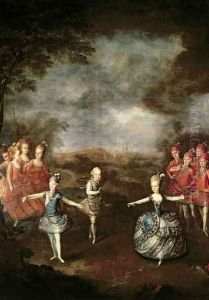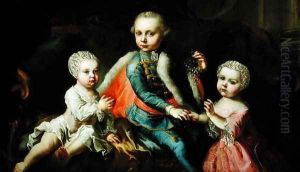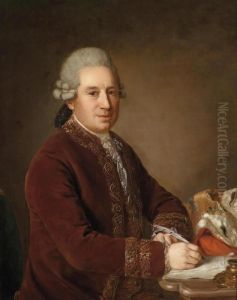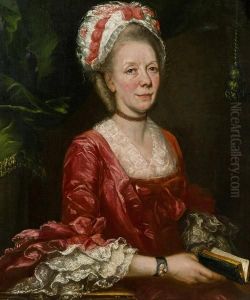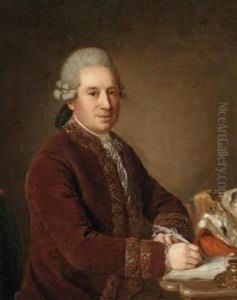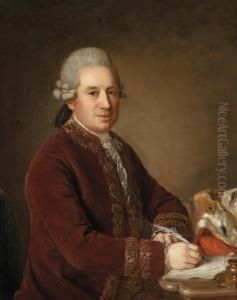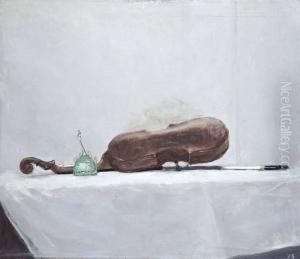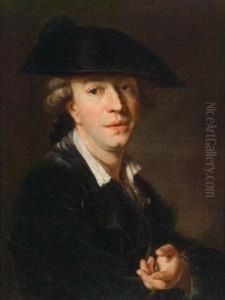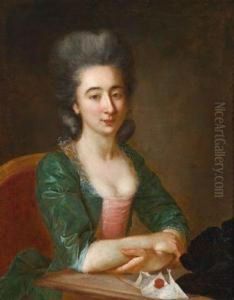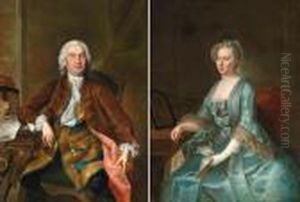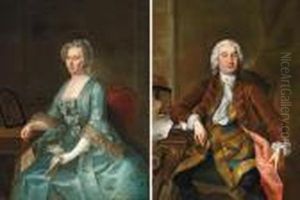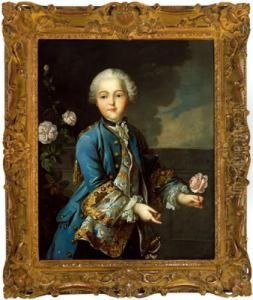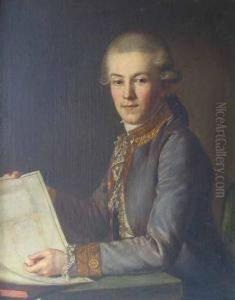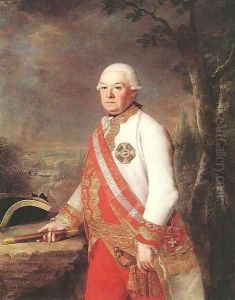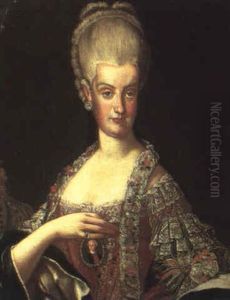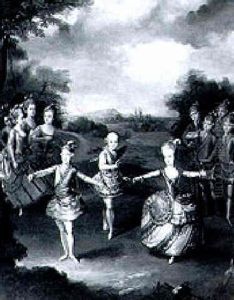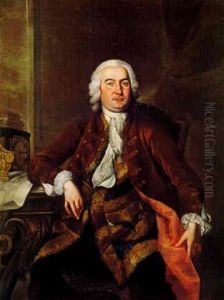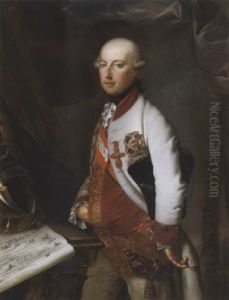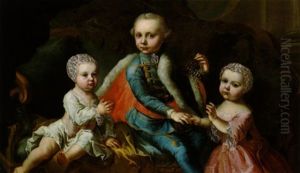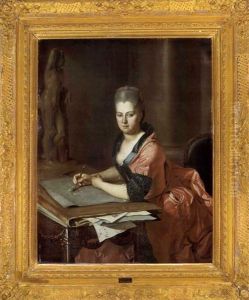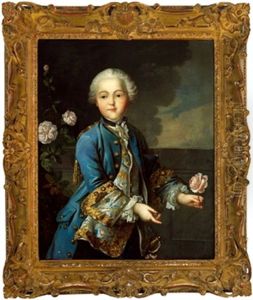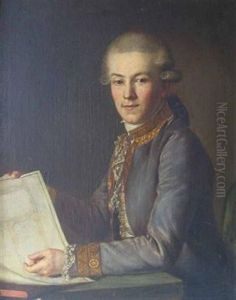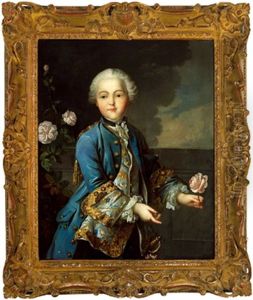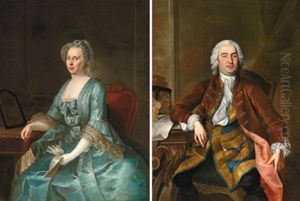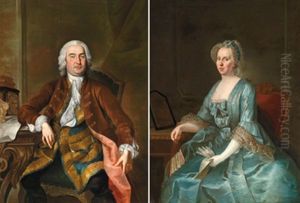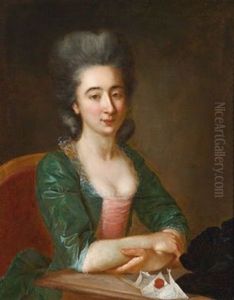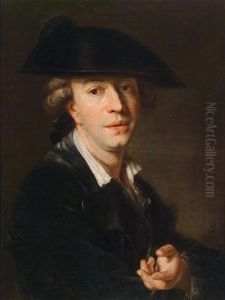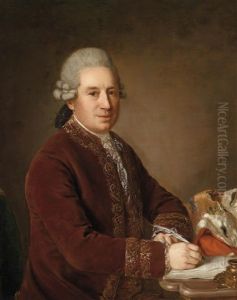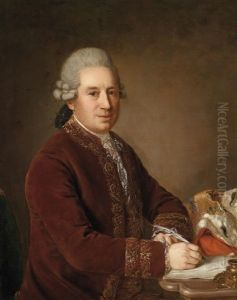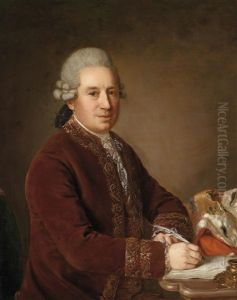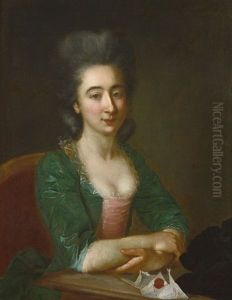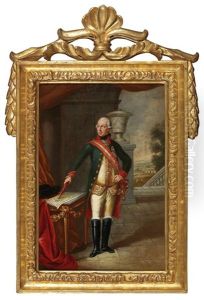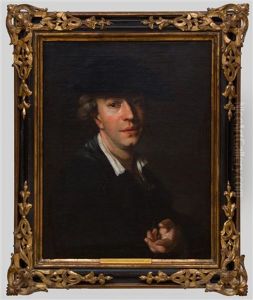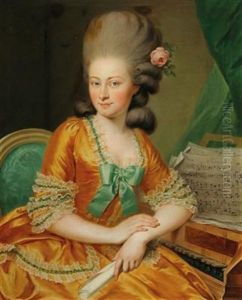Johann Georg Weikert Paintings
Johann Georg Weikert was a notable figure in the world of 18th-century European art, particularly recognized for his contributions as a painter. Born in 1743, Weikert's artistic journey began in the German-speaking regions of Europe, a vibrant epicenter for cultural and artistic development during that period. His life and career unfolded during a time marked by significant transformations in art, with the rococo style giving way to neoclassicism, a transition that influenced many artists of his generation.
Weikert's education and early career were rooted in the rich artistic traditions of Germany and Austria, where he honed his skills and developed a distinct style that would come to define his contributions to the art world. Though detailed records of his early training are scarce, it is known that like many artists of his time, Weikert likely underwent a rigorous apprenticeship, possibly under the tutelage of established painters, which was the customary path for aspiring artists.
Emerging as a proficient painter, Johann Georg Weikert's works were characterized by a keen attention to detail, a vibrant palette, and an ability to capture the essence of his subjects with a remarkable sense of realism and emotional depth. His paintings often depicted religious and mythological themes, a common practice among his contemporaries, yet Weikert's approach to these subjects was distinguished by his unique blend of realism and allegory.
Throughout his career, Weikert enjoyed the patronage of various European nobilities, which was a testament to his skill and the high regard in which his work was held. This patronage allowed him to work on a variety of commissions, ranging from portraits to grand historical scenes, thereby showcasing his versatility as an artist.
Johann Georg Weikert's legacy is preserved in the collections of several European museums and galleries, where his works continue to be studied and admired for their contribution to the transition period between rococo and neoclassicism. Despite facing the challenges of a highly competitive and evolving art world, Weikert's artistic vision and mastery of his craft ensured his place among the notable artists of his time. He passed away in 1799, leaving behind a body of work that continues to inspire and captivate art enthusiasts and historians alike.
